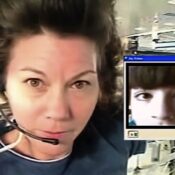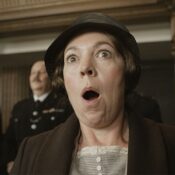Fifty years ago this week, James Bond returned to theaters, but he looked a little different. After six (non-consecutive) films with Sean Connery and one with George Lazenby, Roger Moore stepped into the role for Live and Let Die. The recasting of Bond has become something of a regular event in Hollywood, but also suggests some of the growing pains that big franchises must frequently endure. With Bond as our departure point, we ask: what are the best and worst recasts in Hollywood history?
Best and Worst of Bond
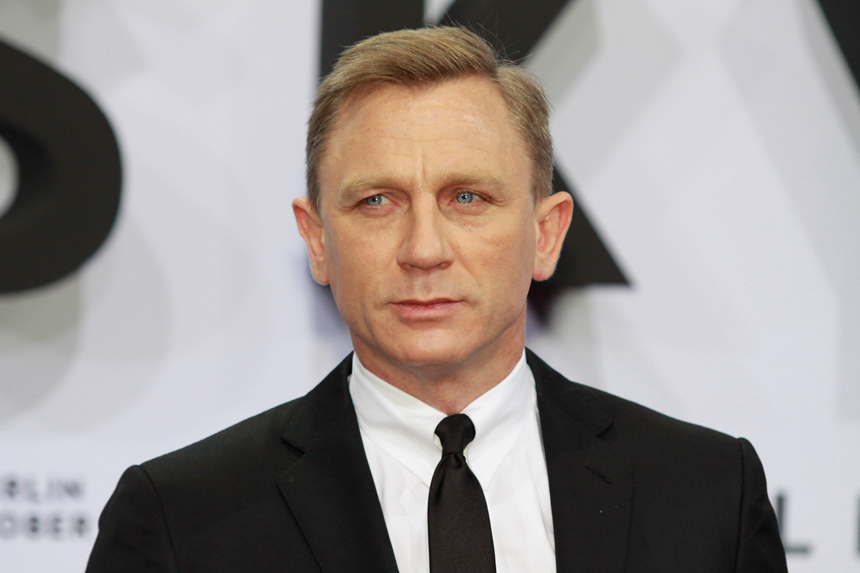
Sean Connery set a tough standard with his seven performances as 007. Critics and fans generally agree that Lazenby, who had no substantial acting experience before being cast, and played Bond only once in On Her Majesty’s Secret Service, is the worst Bond; however, those same critics and fans (including top-level directors like Christopher Nolan and Steven Soderbergh) consider OHMSS to be one of the best Bond films overall. The Saturday Evening Post’s Bob Sassone had it more in the middle, but considered it “quite good.” And while Moore, Timothy Dalton, and Pierce Brosnan all ably filled Bond’s shoes for multiple films, it’s Daniel Craig who put together the best sustained follow-up performance across his five films (Sassone even wrote that only Goldfinger surpassed Skyfall and Casino Royale as the best of Bond).
Best Pre-Release Recasts
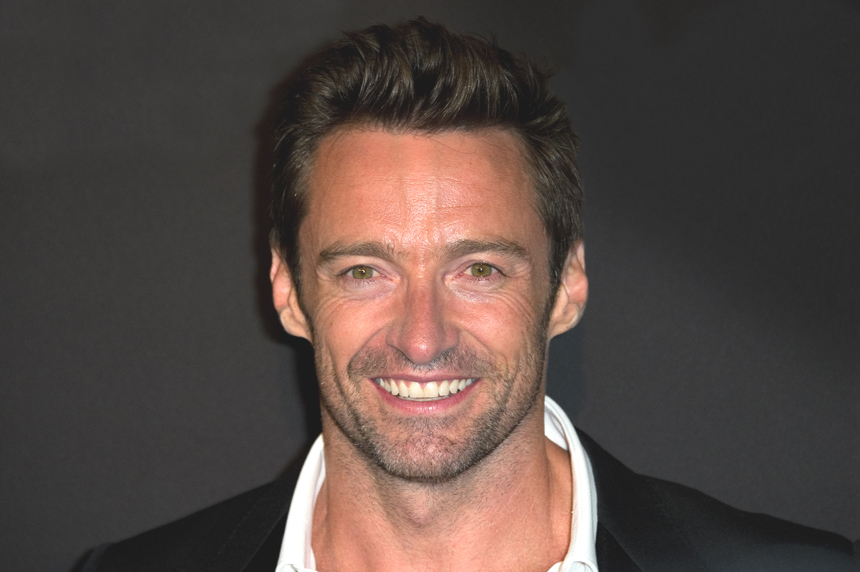
Sometimes recasts happen behind the scenes while a film is still in production. Pre-production for The Lord of the Rings trilogy was already underway in the Fall of 1999, with Irish actor Stuart Townsend set to play Aragorn. Accounts varied as to what happens next; some report that director Peter Jackson realized that someone older needed to play Isildur’s heir, while others related that there were personality conflicts leading up to filming. Either way, Townsend was dismissed. The role went to Viggo Mortensen, who played Aragorn across the three films to critical acclaim.
Not long after, production on 2000’s X-Men hit a snag when Dougray Scott, who had been cast as Wolverine, was held up by production delays and an injury on the set of Mission: Impossible II, in which he played the villain. Filming was already underway when freshly cast unknown Hugh Jackman (who had been endorsed by an early candidate for the role, Russell Crowe) stepped into the adamantium claws. Considering that Jackman has now played Wolverine nine times, appeared via archival footage in Deadpool 2, and is currently filming a co-starring role in Deadpool 3, he’s likely the most successful “pre-cast recast” in history.
Worst: Miss Ellie Is a Miss
Donna Reed’s sole season in the Dallas opening credits (Uploaded to YouTube by Jared Linden)
Daytime soap operas have been known for frequently recasting or substituting actors, but it’s much rarer in their primetime counterparts. Barbara Bel Geddes originated the role of Ewing family matriarch Miss Ellie when Dallas began in 1978. In 1980, she became the only cast member to pick up an Emmy for her work on the show. Bel Geddes had just wrapped shooting on the sixth season when doctors discovered that she needed quadruple bypass surgery. Though the operation was successful, she missed half of the next season. For the eighth season in 1984-1985, Bel Geddes sat out completely as Donna Reed took over. Reed had, of course, been famous for decades for films like It’s a Wonderful Life and From Here to Eternity and television work like The Donna Reed Show. Reed’s more stylized look and voluminous hair struck a sharp contrast to the less flashy Bel Geddes. As the season drew to a close, the producers lured Bel Geddes back, and Reed was unceremoniously fired (though she did sue for the dismissal and took a $1 million out-of-court settlement).
Best Monster Mash-Up
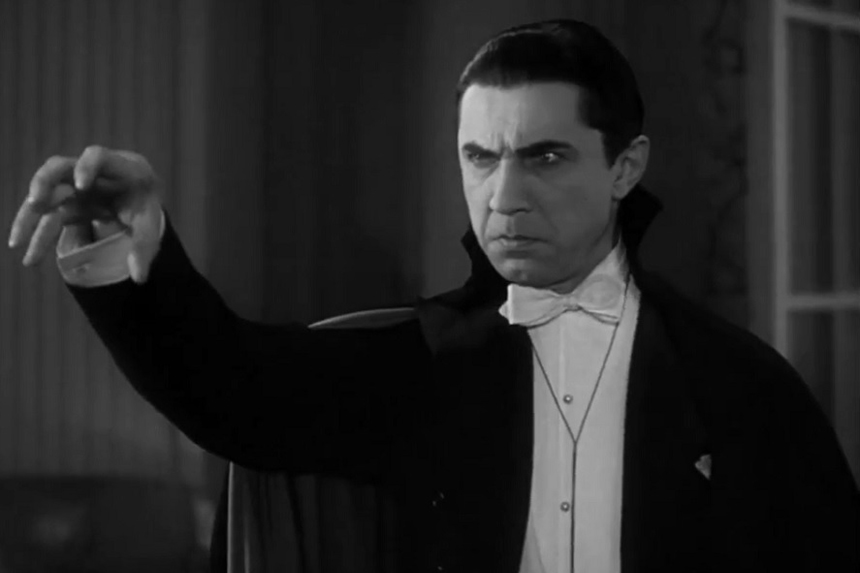
From 1931 until 1956, the Universal Monsters were a major force in American horror cinema. With iconic characters like Dracula, the Frankenstein monster, and the Wolf Man, Universal managed to pack theaters even during a worldwide depression. Moreover, they created the first real Cinematic Universe in 1943 with Frankenstein Meets the Wolf Man, leading to several more crossover movies.
While Bela Lugosi and Boris Karloff are inextricably linked to, respectively, Dracula and the Frankenstein monster, those aren’t the only roles that the actors played within the Monsters movies. In fact, several actors swapped roles in and among the various films of the franchise, making it a sort of mini repertory company. Lugosi played Dracula, Ygor (in both Son of and Ghost of Frankenstein), the werewolf who bites Larry Talbot (The Wolf Man), and even the Frankenstein monster (Frankenstein Meets the Wolf Man). Karloff played the Frankenstein monster, the Mummy as well as Ardeth Bay and Imhotep (The Mummy), Jekyll & Hyde, and more. Lon Chaney, Jr. headlined as Larry Talbot in The Wolf Man and three other films, but also played the Mummy, Dracula, and the Frankenstein monster in various entries. In House of Frankenstein and House of Dracula, Glenn Strange would step into the heavy boots of the Frankenstein monster, appearing alongside Chaney (as Talbot) and Karloff (as Dr. Niemann), while John Carradine tagged into both films as Dracula. Strange, Lugosi, and Chaney reconvened for Abbott and Costello Meet Frankenstein. This broad troupe of actors jumping in and out of roles, often alongside one another, makes for an extremely fun footnote in Hollywood horror.
Worst Wizarding Waste
Fantastic Beasts and Where to Find Them trailer (Uploaded to YouTube by Warner Bros. Pictures)
In Fantastic Beasts and Where to Find Them, the first installment of the sequel series to the Harry Potter films, Colin Farrell turned in a fine performance as the Auror named Graves. When Graves is revealed to be the arch-villain Grindelwald near the end of the first film, the movie also takes the bizarre step of switching out Farrell for . . . Johnny Depp? Up to that point, Farrell had been nuanced and convincing, but apparently only really wanted to do one film. The popular Depp debuted in the surprise role at the first film’s climax amid a downturn in his career after panned roles in Dark Shadows, The Lone Ranger, and Mortdecai. As it turned out, Depp only did one additional film as Grindelwald (FB&WTFT: The Crimes of Grindelwald) after several allegations from his ex-wife, Amber Heard, turned into a public spectacle. Depp was soon out, and Mads Mikkelsen assumed the role. Unfortunately for the talented Mikkelsen, he was stuck in a series that was losing steam and saddled with the controversies surrounding Depp, creator J.K. Rowling, and actor Ezra Miller.
Best Back-and-Forth: Becky
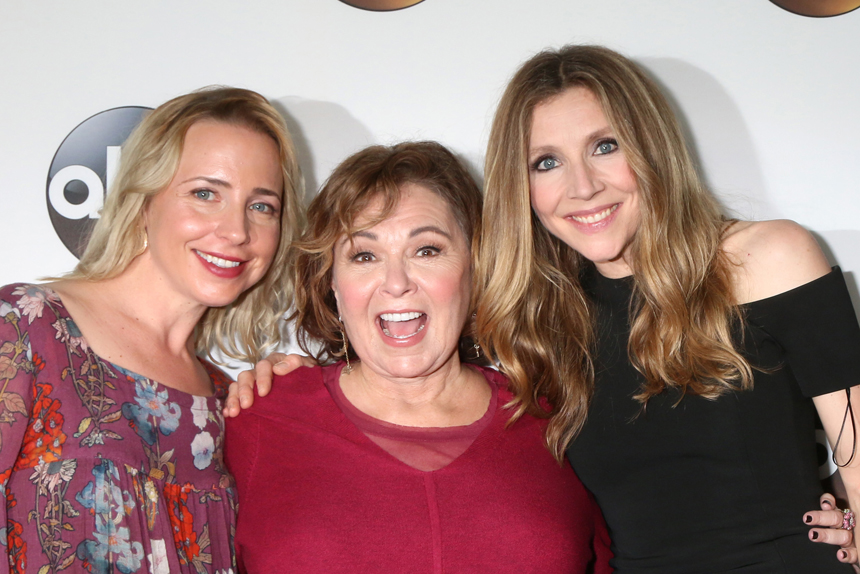
Roseanne was one of the biggest shows on TV in 1992. Lecy Goranson, who played oldest daughter Becky, checked out during the fifth season to go to college at Vassar. With Goranson’s academic schedule keeping her away, the show brought in Sarah Chalke as the new Becky. Chalke played Becky in the sixth and seventh season, but stepped down when Goranson was able to return. However, Goranson still had school conflicts on the horizon; the producers settled on the novel idea of simply tagging Chalke in when necessary, even going so far as to script jokes for the cast that acknowledged the ongoing actor switching (such as “Where the hell have you been?” and “Aren’t you glad you’re here this week?”). Chalke again played the role full-time during the ninth season. When the show returned as a reboot, Goranson was back as Becky, though Chalke has also appeared in the current Roseanne/The Connors run in other roles.
Worst Clarice: Moore Is Less
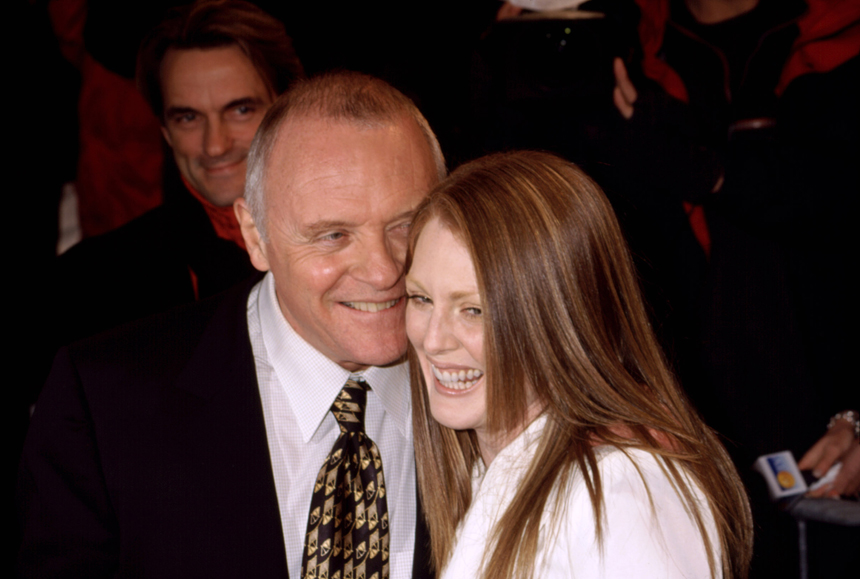
In 1986, Brian Cox played the first onscreen Hannibal Lecter in Michael Mann’s Manhunter, based on writer Thomas Harris’s Red Dragon. When Harris’s The Silence of the Lambs was adapted in 1991 by Jonathan Demme, the director decided to go with Anthony Hopkins in the role. Silence became something of a pop culture sensation and a lightning rod for Oscars; the film pulled in Best Picture, Best Director, Best Actor (for Hopkins), Best Actress (for Jodie Foster’s turn as FBI Agent Clarice Starling), and Best Adapted Screenplay (for Ted Tally). Ten years later, Ridley Scott took the director’s chair for another adaptation, Hannibal. Hopkins returned, but Foster declined. Scott opted to recast Clarice with the great Julianne Moore. However, despite how great Moore is in, well, everything (seriously, just pick a movie), she just wasn’t the magnetic Clarice that Foster had ridden to the Oscars. The Cox-to-Hopkins transition had worked because they were two very different films (which did not include Clarice), but the truth was that any other actor would have been doomed following Foster.
Best Hulk Hat Tricks
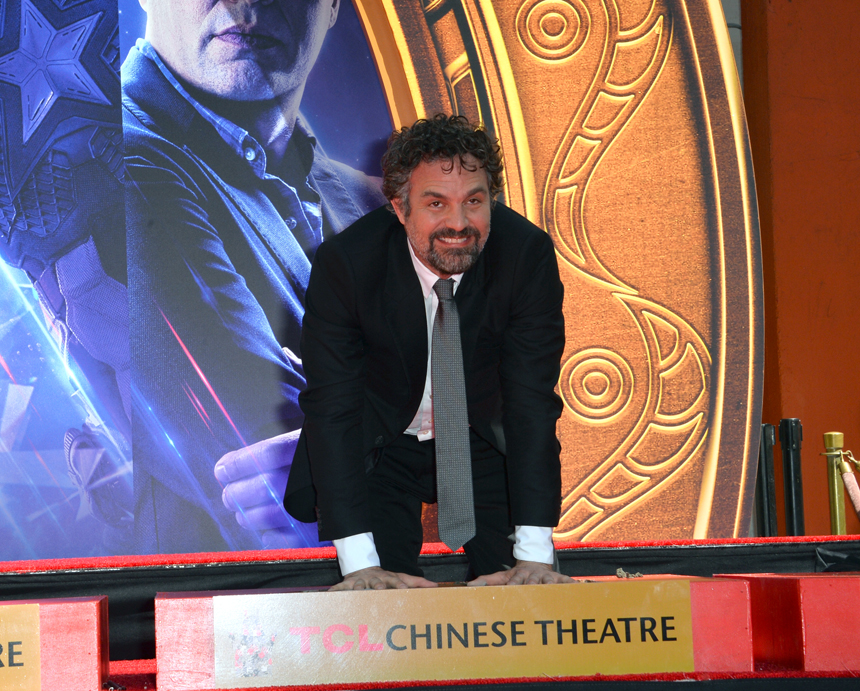
In the age of comic book franchises, recasts have been common. With Batmans switching like Bonds, it’s not a surprise to find another group of films that frequently swap out the lead. The first Hulk on the big screen was Ang Lee’s 2003 Hulk, with Eric Bana as the Hulk’s human half, Bruce Banner (Lee himself did the Hulk’s motion-capture work and voice). Five years later, with the Hulk back at Marvel Studios (with Universal as distributor), a new take was launched that would tie the character to the burgeoning Marvel Cinematic Universe. Ed Norton took over as Banner and motion-capture for the Hulk (and also did an uncredited rewrite of the script), while Lou Ferrigno, TV’s original Hulk, became the voice. Behind-the-scenes struggles, notably over the film’s final edit, led to Norton being replaced by Mark Ruffalo for the Hulk’s next appearance in The Avengers. Since then, Ruffalo has maintained the Banner/Hulk role (with Ferrigno voicing the full Hulk) in three subsequent Avengers films, as well as Iron Man 3, Thor: Ragnarok, and the Disney+ She-Hulk series. While Norton was indeed an improvement over Bana, Ruffalo has really made Banner his own, giving the character nuance and flashes of humor.
Ironically enough (or perhaps not for a series built on transformation), another major Hulk character has been recast three times. Sam Elliott played General Thaddeus “Thunderbolt” Ross in Hulk, and was replaced by William Hurt in Incredible Hulk. Hurt played the character in five further films before his death in 2022. Marvel recently recast the role with Harrison Ford, who will be appearing in at least two forthcoming films: Captain America: Brave New World and The Thunderbolts.
Become a Saturday Evening Post member and enjoy unlimited access. Subscribe now


